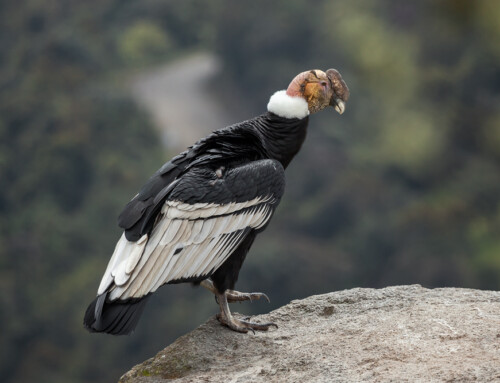That biodiversity is valuable and worth conserving is something about which most people with an interest in the environment can agree. But what is ‘biodiversity-?
What is ‘biodiversity-? For hardcore birders, ‘interesting diversity- might mean the difference between juveniles of two congeneric gulls, whereas the average dog-walker might perceive a similar level of novelty from, say, seeing a Sparrowhawk instead of a pigeon. In scientific studies, ‘biodiversity- is often considered as the number of species present (‘species richness-) or an index summarizing the number and relative abundance of species (e.g. the Shannon index). Such measures can then inform targets for policy or concrete conservation action geographically (e.g. selection of ‘hotspots- for protection), becoming de facto proxies for quantifying ‘wildlife- or ‘nature-. There are numerous pros and cons in the selection of different diversity indices and much scientific literature has been devoted to them. However, a more fundamental issue is usually ignored: how useful is the species as a unit in conservation?
Anyone who pays attention to the British List will know that species divisions can be debatable and subject to change. Also, some groups, notably birds, have had much more taxonomic attention than others, leading to much more ‘splitting- for a given level of genetic variation, while some species definitions, such as those within the crossbill and redpoll complexes, arguably do not reflect biological reality well. Another issue is that rates of speciation vary geographically, probably because of habitat stability over geological time, so much of species richness simply reflects geography. Thus, for example, assemblages of similar sister species with small ranges are common among Australian rainforest honeyeaters, whereas essentially the same tit community is found across large swathes of Europe. There are also countless examples of island forms with recognised species status, ultimately often because of isolation and genetic drift. Even if local adaptation has occurred, island biodiversity is no better as an indicator of broader ecosystem health than that on continents. Finally, considering species alone implicitly treats differences within a genus, and even those that sometimes hybridise, as equivalent to those between, say, two species in monospecific families. The Osprey surely contributes far more to a rounded view of global biodiversity than the Iberian Chiffchaff or Razo Lark….
Why does this matter? Conservation policies aim for broad environmental protection and improvement, but often focus on species, especially rare ones. Scottish Crossbill is at best debatable as a real species, but enjoys significant conservation status as the UK’s only endemic bird. Islands become disproportionately important – a lot of ‘biodiversity- can be protected on an island, because preventing species extinction is the focus and island populations are always more vulnerable. A ‘bean-counting- approach to conservation, counting extant species, could easily lead to prioritisation of island protection while mainland environments degrade. Further, people can appreciate or value the existence of these island forms, but few will experience them directly. This is an example of the ‘cultural ecosystem service- provided by biodiversity; in other words, the values people place on nature for its own sake. Outside birders and taxonomists, there is little cultural value in minor (or obscure) differences between species. The real, cultural or social, value of biodiversity is surely driven by the extent of the differences between species as well as their number and relative abundance. It is quite likely that the same applies to the value of species in ecosystem function, i.e. similar species are more likely to be redundant, in terms of being functionally interchangeable.
So is there a single better alternative to species? Probably not, and the concept remains useful, describing culturally and ecologically important differences between identifiable forms, although definitions revised from the standard of identifiable difference plus reproductive isolation might help in some situations. However, more of a policy and management focus on difference would also be welcome. Thus, the real contribution to global diversity of the Dodo would be recognised as greater than that of the Mauritius Kestrel. In terms of measuring assemblages or communities, the ‘blunt instrument- of species richness would be replaced with more sophisticated measures that account for the functional, genetic or morphological differences between identified species. In general, a re-balancing towards explicit policy-level acknowledgement of the limitations of species as units for conservation, rather than blind acceptance of them as fundamental biological entities, would make for better measurement of ‘wildlife- for priority-setting and policy-making.
Blog with #theBOUblog
If you want to write about your research in #theBOUblog, then please see here.



